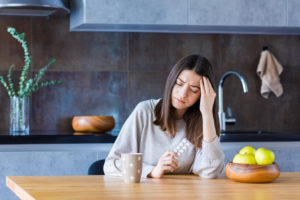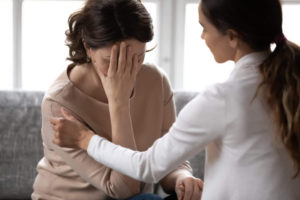Dr. Staskin is Director of Urology at Boston Clinical Trials. He is an active medical practitioner and has conducted multiple clinical research studies in the area of urinary control.
If you never experienced a strong, sudden urge to urinate, if you never worried about making it to the restroom in time, if you never woke up at night to schlep to the bathroom, you should skip this blog right now. Consider yourself lucky. The rest please read on.
According to American Urological Association, 33 million Americans have Overactive Bladder, just one of the most common urological dysfunctions. But the number of people suffering from different urological problems is likely much higher. That’s because many people are embarrassed to ask for help. They don’t know how to talk to their healthcare professional about their symptoms. They’d rather suffer in silence than ask a simple question: ‘Doctor, why am I peeing so often?’
If this is the question you always wanted to ask, here’s a quick primer for you.
The two most common conditions that can increase the frequency of urination are Urinary Tract Infection (UTI) and Overactive Bladder (OAB).
Urinary tract infections (UTI) don’t always cause signs and symptoms, but when they are present, they may include:
- • A strong, persistent urge to urinate
- • A burning sensation when urinating
- • Passing frequent, small amounts of urine
- • Urine that appears red, bright pink or cola-colored — a sign of blood in the urine
- • Pelvic pain (in women) or rectal pain (in men)
UTI can be a serious condition. If left untreated, it may progress to an infection in the kidneys. Doctors typically use antibiotics to treat urinary tract infections. Which drugs are prescribed and for how long depend on the specific strain of bacteria and underlying risk factors of the individual patient. In most cases, a short course of antibiotic treatment is effective.
Overactive Bladder (OAB) is a different kind of problem. Its most common symptom is a worry that you won’t make it to the bathroom in time. If you live with OAB, you may also have:
- • Urine leakage (incontinence)
- • Frequent urination (more than 8 times a day)
- • Waking up more than once a night (the medical term is “nocturnia”)
Treatment of OAB requires a different type of medication (so called, anticholinergic medications) which regulate storage of urine in the bladder. While most patients on these medications experience improvement in their bladder conditions, the side effects of the available medications often include dry mouth and constipations. There are newer types of medications that do not have these side effects as often.
Another relatively common (particularly, in older people) condition is Underactive Outlet (UAO) “Stress Incontinence”. Female patients have “stretching” of the muscles and ligaments with childbirth – and even though there is initially recovery of urinary control after the delivery, they may leak again as they age. Male stress incontinence is associated most strongly with removal of the prostate during surgery for prostate cancer. The telling symptom of UAO is urinary loss with effort, such as a cough, laugh or sneeze or when lifting something heavy. Presently, there are no approved medications for UAO. Treatment may include physical therapy or minimally invasive surgery to augment or improve sphincter function.
So what should you do if you experience some of the symptoms described above?
Urinary conditions are, for the most part, treatable. There are medications already available in the market and several new promising drugs are in clinical trials. But the diagnosis and treatment are best left to the trained physicians. So here’s my advice. Go to your doctor and ask a simple question: ‘Doctor, why am I peeing so often?’
To learn more about Boston Clinical Trials and Urology studies being conducted click here.








